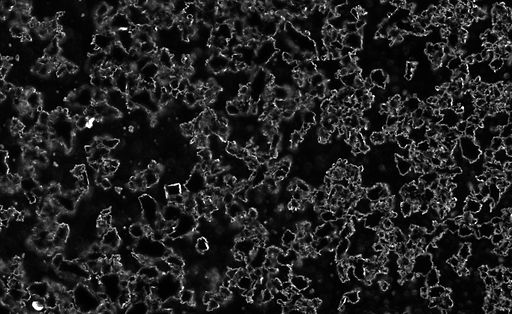Chemical Structure of Activated Carbon
Activated carbon is a crude form of graphite which has a highly porous structure with pores of various sizes. It has a large number of cracks and crevices at the molecular level and this greatly increases its surface area. Activated carbon is has an internal surface area of upto 1500 m²/g. This enables Activated carbon to carry out a phenomenon called adsorption in which the molecules of a liquid or a gas are trapped by the internal or external surface of a solid.
A Form of Graphite
The structure of activated carbon resembles that of pure graphite roughly. The hexagonal layers in the activated carbon molecules are held together by carbon-carbon bonds. The pore structure and the final properties of the activated carbon depend on the raw material it is prepared from and the method of preparation.
